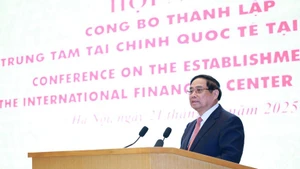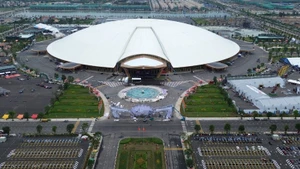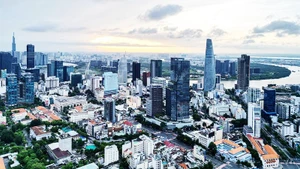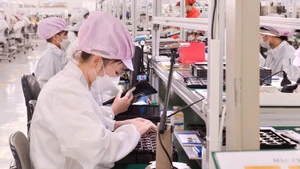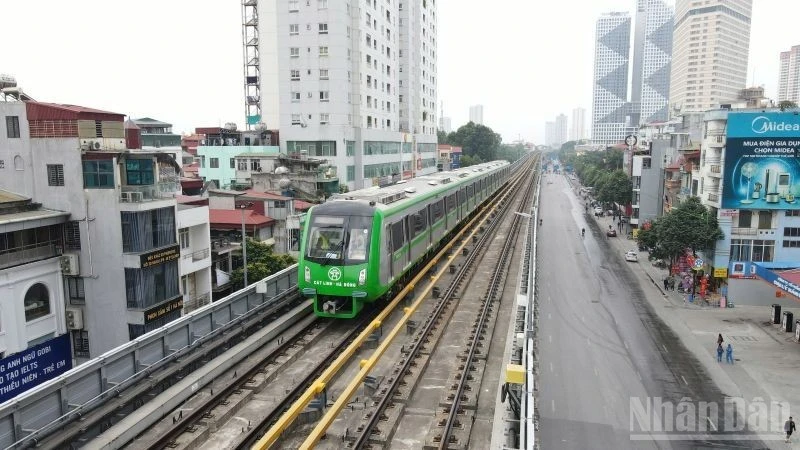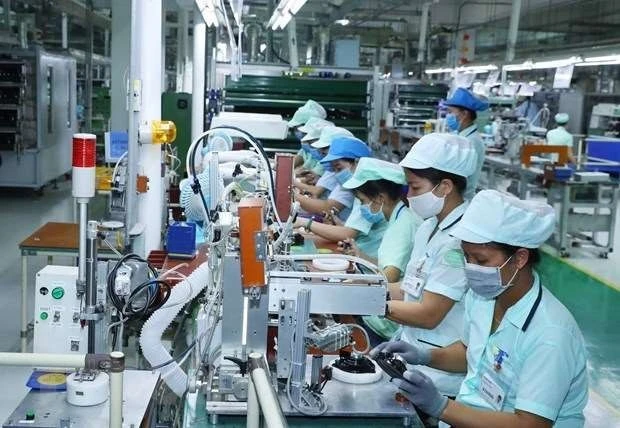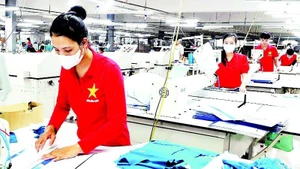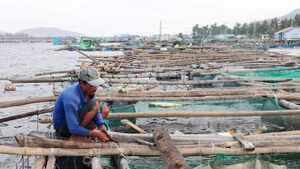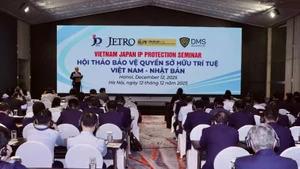With an area of over 6,400 km² and a population of around 4 million, Can Tho City offers a vast consumption market, drawing investors in manufacturing, consumer goods, and urban services. Regional connectivity infrastructure is undergoing robust investment, notably key transport projects such as the Chau Doc–Can Tho–Soc Trang and Can Tho–Soc Trang expressways, alongside expanded seaports like Cai Cui and Tran De, which facilitate logistics, enhance supply chain connectivity, and create favourable conditions for investors to expand production and business.
Post-merger, Can Tho has over 100 active FDI projects. The former Can Tho accounted for 78 projects with registered capital of 2.43 billion USD; Hau Giang had 25 projects (approximately 730 million USD); and Soc Trang had 10 operational FDI projects, with 10 others in the pipeline, expected to attract around 1 billion USD in foreign investment. These are impressive figures, reflecting the robust investment appeal of the former localities and the newly expanded city.
Before the merger, Can Tho was already an investment hub as the region’s economic, administrative, educational, training, logistics, and infrastructural centre. Meanwhile, Hau Giang focused on sustainable agriculture, processing industry, logistics, and smart urban development, while Soc Trang, with the advantages of Tran De Port and abundant coastal land, prioritised clean energy, export industries, and seaport services.
According to representatives of several enterprises operating in Can Tho, the merger is expected to expand development space and facilitate access to investment procedures and land funds. Furthermore, the establishment of a two-tier local government model and streamlined administrative apparatus helps investors access planning information more easily, reduces bureaucratic layers, and enables direct support from provincial departments.
The regional transport infrastructure is being synchronously developed and is relatively complete, particularly expressways and seaports, which help businesses reduce time and transport costs and increase investment efficiency. However, some barriers still hinder Can Tho’s ability to attract extra-budgetary investment. Prior to the merger, public investment disbursement rates in Can Tho, Hau Giang, and Soc Trang were all relatively low.
As of late April 2025, the former Can Tho had disbursed only 11.19% of its public investment capital allocation compared to the Prime Minister’s plan. Soc Trang and Hau Giang recorded disbursement rates of 11.35% and over 14%, respectively. Delayed public investment disbursement leads to wasted state resources and makes private investors more cautious when considering project implementation. In Can Tho, although a support policy for interest rates on extra-budgetary projects was issued in 2018, no projects had received support by early 2024.
Historically, workforce quality has been a persistent limitation in Can Tho and the Mekong Delta, as many areas attract low-tech projects that rely heavily on unskilled labour, due to shortages of technical workers, industrial engineers, logistics specialists, and high-tech professionals.
This raises concerns among investors wishing to expand into higher value-added production. Immediately after the new Can Tho City officially came into operation, Chairman of the People’s Committee Tran Van Lau assigned key tasks to departments, emphasising the need to remove bottlenecks in investment attraction.
Accordingly, priorities include resolutely addressing delays in public investment disbursement, especially for ongoing key projects; reviewing projects with existing investment policies and confirmed investors to expedite the next procedures and soon put the projects into operation. Departments are urged to assist investors in speeding up the progress of extra-budgetary projects such as the VSIP Industrial Park, O Mon Thermal Power Plant complex, and Block B gas pipeline. At the same time, Can Tho needs to continue implementing concrete measures to capitalise on advantages and resolve existing constraints.
According to some experts, the city should focus on selectively attracting investment in high value-added sectors such as renewable energy, smart urban development, and high technology. It should continue improving and developing regional connectivity infrastructure to help businesses cut logistics costs and enhance product competitiveness. The locality must promote administrative reform, apply digital technology in document processing, and make planning information publicly accessible to improve the investment environment. Strengthening linkages between universities, research institutes, and enterprises is essential to building a high-quality workforce. Moreover, both domestic and international investment promotion activities should be intensified to attract more major investors in the near future.

